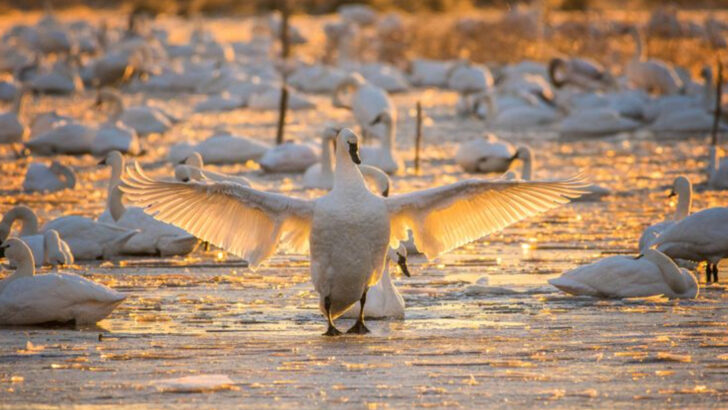Swans have a way of catching your attention without even trying—gliding across the water with that slow, steady elegance that makes everything around them feel quieter. They’re often seen as symbols of grace, but there’s a lot more going on beneath the surface than most people realize. These birds have layers—quite literally with all those feathers, but also in behavior, history, and surprising quirks.
From their surprisingly fierce side to the way they stay loyal to their mates, swans are full of unexpected traits that make them even more interesting once you get to know them. It’s not just about how they look; it’s about how they move, how they think, and how deeply they’re woven into cultures and landscapes around the world.
The Majestic Mute Swan
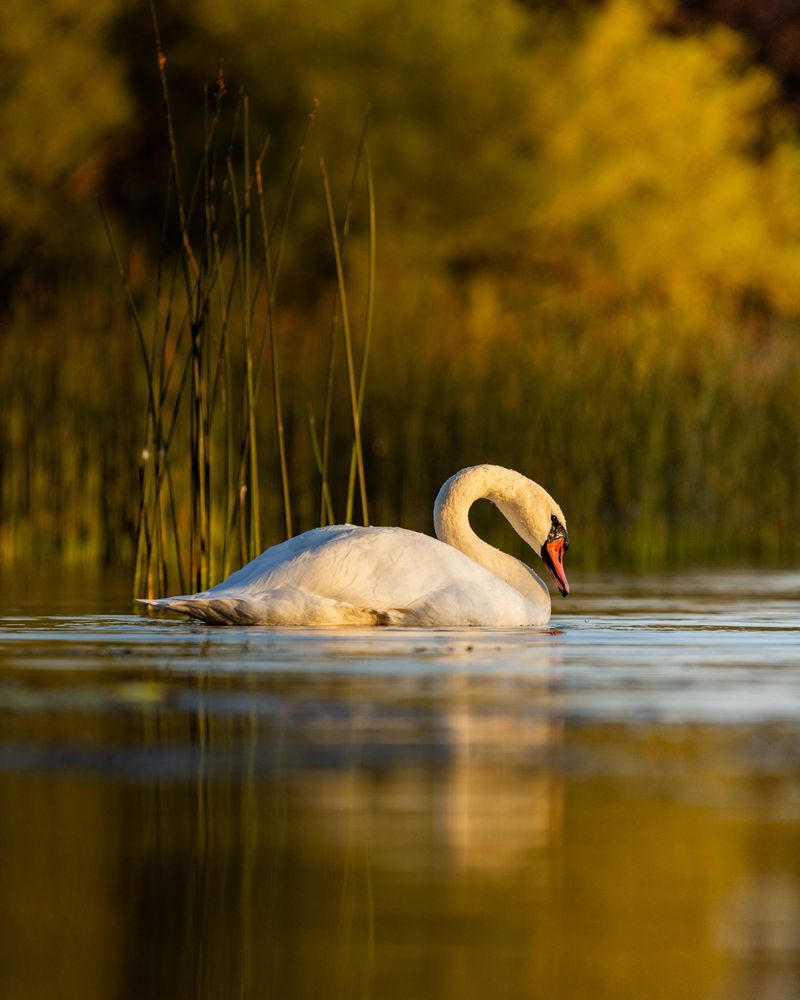
Recognizable by their curved necks and orange beaks, mute swans are iconic symbols of beauty. Their elegance is unmatched as they glide effortlessly across water surfaces, creating ripples of intrigue. Mute swans are not truly mute; they communicate through hissing and grunting, especially when protecting their young. Despite their serene appearance, these swans can be fiercely territorial. Encountering a mute swan in its natural habitat is a gentle reminder of nature’s artistry. Their presence graces many European lakes and rivers, adding a touch of timeless charm. Observing them provides a moment of reflection and peace.
Swans’ Unusual Sleep Habits
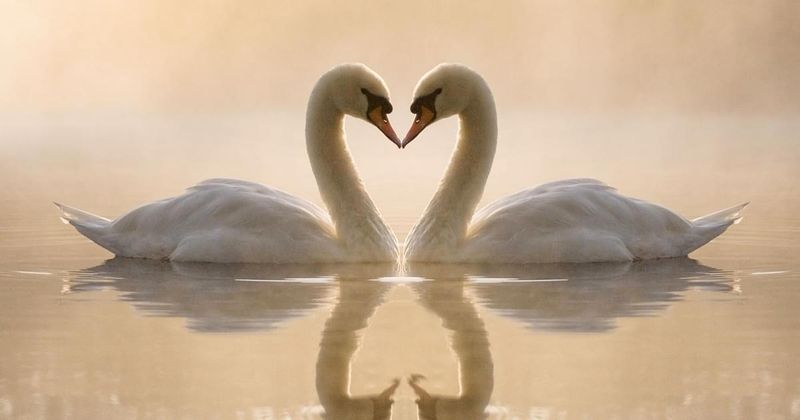
Swans have a unique way of sleeping that showcases their adaptability. They can sleep on both land and water, though they often prefer the latter for safety. Remarkably, swans are capable of sleeping with one eye open. This allows them to rest while remaining alert to potential threats.
Sleeping on one leg is another fascinating trait. This behavior helps conserve body heat and energy, especially in colder climates. With their heads tucked under their wings, swans present a peaceful image. Their sleep habits reflect their innate ability to thrive in diverse environments.
Swan’s Lifelong Partnerships
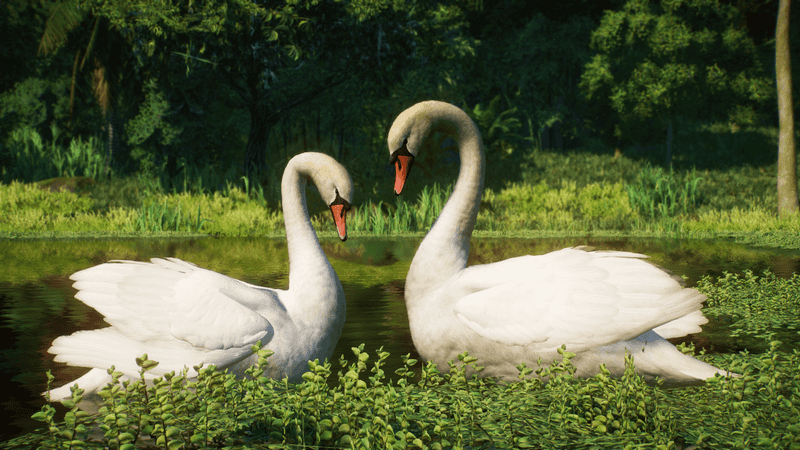
Swans are known for forming monogamous bonds that often last a lifetime. This loyalty and dedication to their partners is heartwarming and rare in the animal kingdom. Once paired, swans engage in synchronized movements, a dance of love that strengthens their bond. It’s fascinating to watch these majestic birds perform courtship displays, showcasing their deep connection. Such partnerships are collaborative, with both parents sharing the responsibilities of raising their cygnets. Their unwavering commitment serves as a gentle reminder of enduring love and cooperation in nature, inspiring couples around the world.
Swans’ Diverse Vocalizations
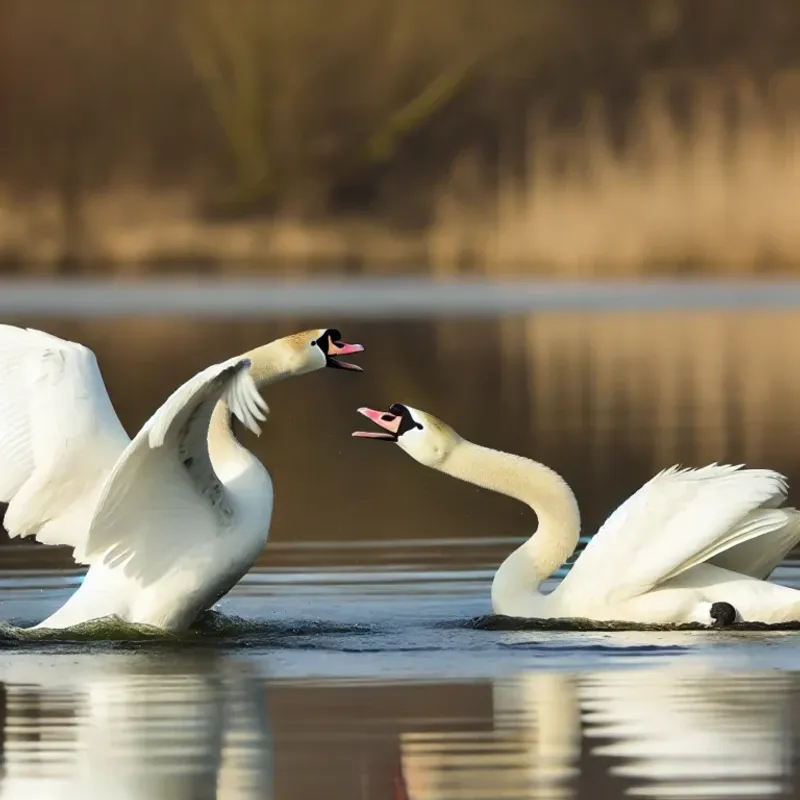
The diverse vocalizations of swans are both intriguing and complex. Trumpeter Swans, for instance, are known for their resounding calls that can carry over long distances. Their voices resemble a musical instrument, adding a unique charm to their presence.
Different species have distinct calls, ranging from soft coos to loud honks. These sounds play a crucial role in communication, helping swans convey messages related to mating, territory, and alarm. The vocal diversity among swans is a testament to their communication skills and social structures.
The Royal Swan Upping Tradition
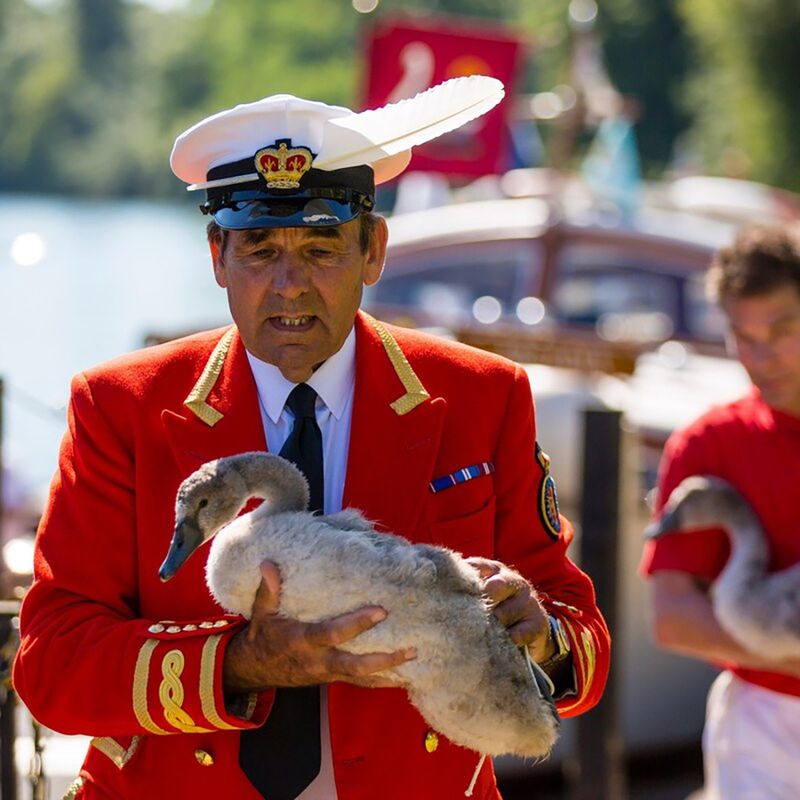
Every July, the British tradition of Swan Upping occurs on the River Thames. This ceremonial event involves the rounding up, counting, and tagging of mute swans, a practice dating back centuries. Historically, the Crown claimed ownership of all unmarked mute swans, a tradition still observed today. The ceremony fosters a sense of community and conservation, highlighting the importance of swan welfare. Participants don traditional uniforms, creating a visual spectacle that draws spectators. Highlighting the regal association of swans, this event underscores their cultural significance and historical ties to British royalty.
The Adaptable Feeding Techniques of Swans
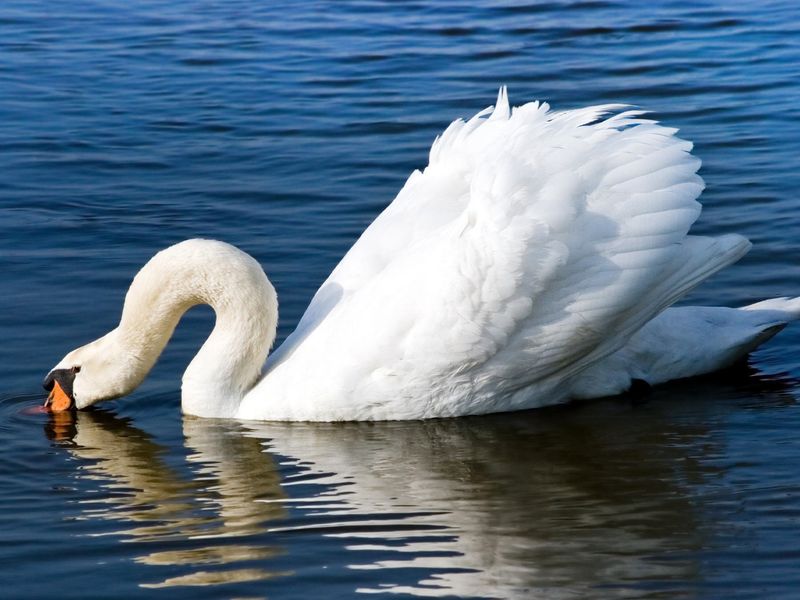
Swans exhibit a range of feeding techniques that highlight their adaptability. They primarily feed on aquatic vegetation, reaching below the water’s surface with their long necks. This elegant foraging behavior is a common sight in their natural habitats.
Interestingly, some swans have been observed using tools, such as stones, to dislodge food. This innovative feeding strategy showcases their intelligence and problem-solving abilities. By adapting their feeding methods, swans can thrive in various environments, ensuring their survival and success.
Symbolism in Literature and Art
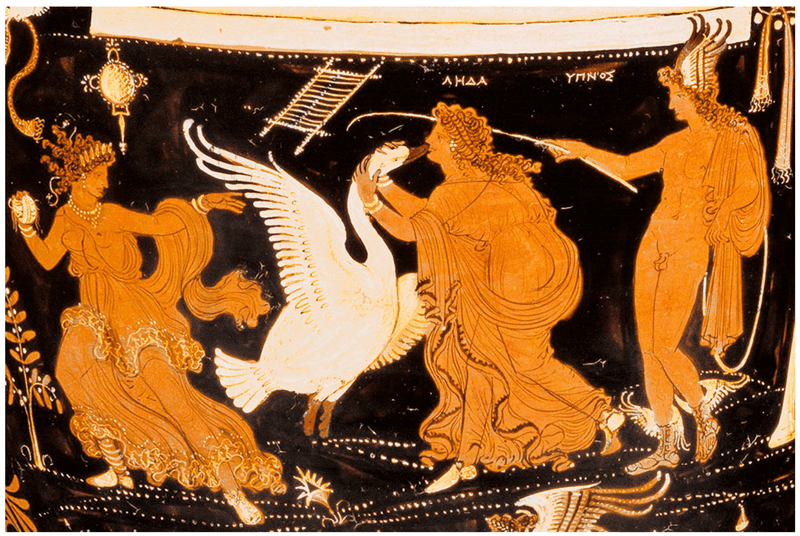
Swans have long been symbols of beauty, love, and transformation in art and literature. Their ethereal presence inspires poets and artists alike, appearing in folklore and fairy tales. From Tchaikovsky’s “Swan Lake” to Yeats’ poetry, swans captivate the imagination, symbolizing purity and grace. Artists often depict swans in paintings, capturing their serene beauty and symbolic depth. Their portrayal in various cultures illustrates their universal appeal and timeless allure. As a muse, swans continue to inspire creative expressions, leaving a lasting impression on human culture and heritage.
Swans’ Impressive Migration Journeys
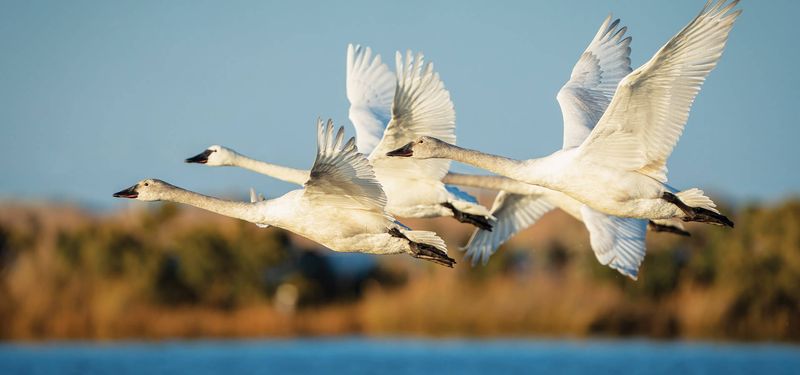
Swans are renowned for their impressive migration journeys, which cover thousands of miles. These long-distance travels are a testament to their strength and endurance. Many swan species follow traditional routes, navigating using the sun, stars, and Earth’s magnetic field.
Their migratory flights are not only a display of physical prowess but also a crucial part of their lifecycle. These journeys ensure they reach breeding grounds in optimal conditions, contributing to their reproductive success. The sight of swans in flight, against the backdrop of a setting sun, is truly awe-inspiring.
Migratory Marvels of the Bird World
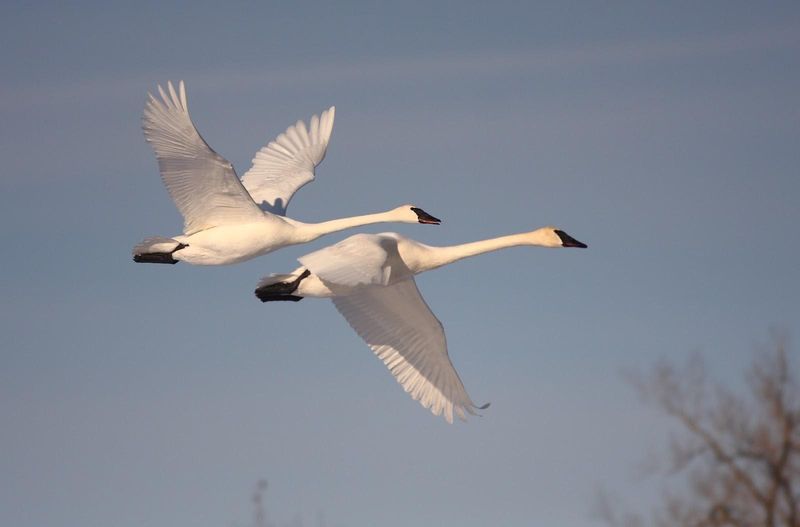
Many swan species embark on long migratory journeys, showcasing their resilience and adaptability. Traveling thousands of miles between breeding and wintering grounds, they navigate using the Earth’s magnetic field and star patterns. This incredible feat highlights their intelligence and survival instincts. Watching a flock in V-formation is a breathtaking sight, symbolizing unity and teamwork. Their migratory habits ensure genetic diversity and ecological balance across regions. These journeys are essential for their survival, reflecting the swans’ remarkable ability to adapt to changing environments. Their migratory patterns continue to intrigue and inspire ornithologists worldwide.
The Role of Swans in Ecosystems
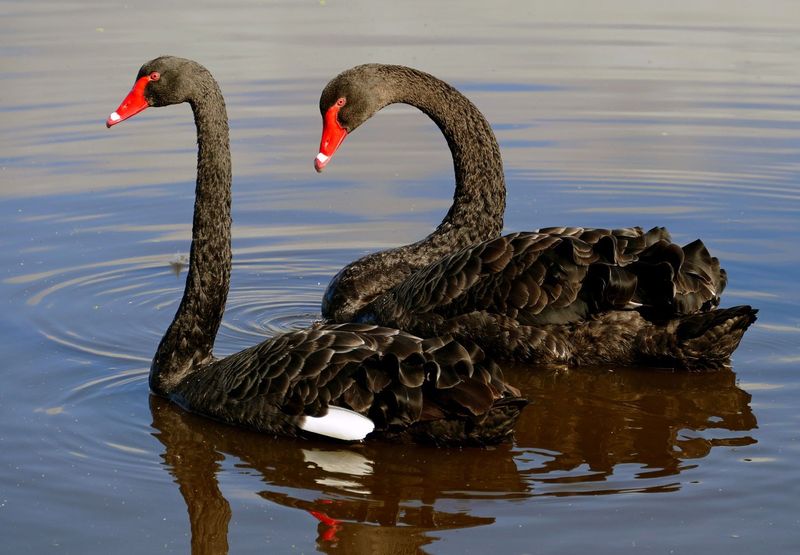
Swans play a vital role in maintaining the balance of aquatic ecosystems. Their feeding habits help control the growth of aquatic plants, preventing overgrowth that can disrupt water flow and oxygen levels. By doing so, they contribute to the health of their habitats.
Additionally, swans serve as indicators of environmental health. Changes in their population can signal alterations in ecosystem conditions, prompting conservation efforts. Their presence supports biodiversity, offering habitat and protection for various species. Swans are not only beautiful to behold but also crucial to ecosystem stability.
Swans and Their Mythological Roots
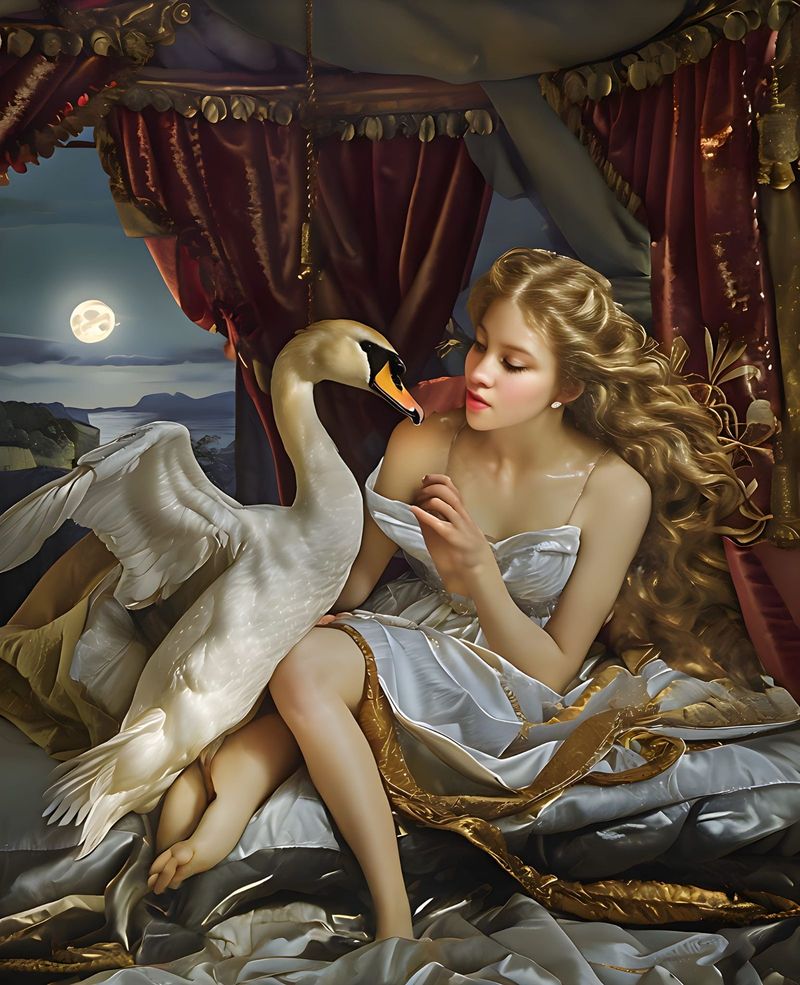
In mythology, swans are often associated with gods and mystical beings, symbolizing purity and transformation. In Greek myths, Zeus transformed into a swan to seduce Leda, while in Celtic lore, swans are seen as otherworldly messengers. Their graceful beauty and mysterious nature lend themselves to various mythological tales. These stories reflect human fascination with swans’ elegance and their perceived connection to the divine. Across cultures, swans embody both earthly and ethereal qualities, creating a rich tapestry of myth and legend. Their mythological significance continues to enchant and inspire.
The Significance of Swan Feathers
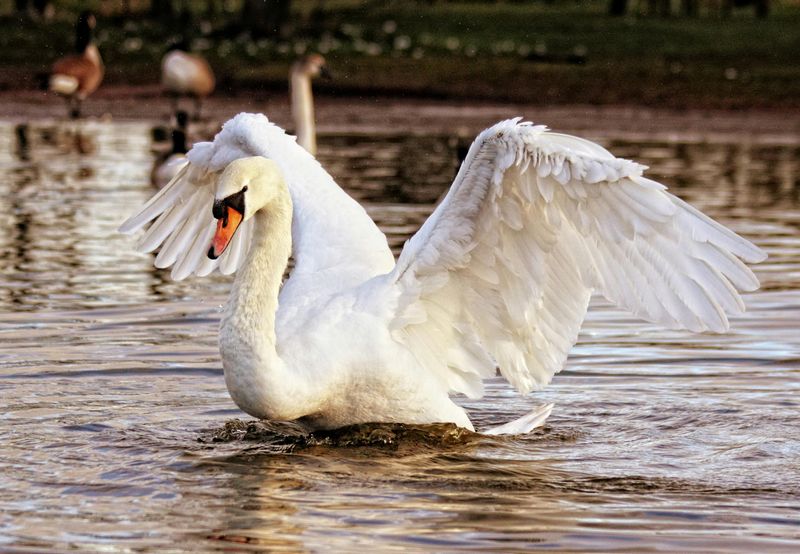
Swan feathers are not just beautiful; they hold significant symbolic meaning. Historically used in writing quills and decorative arts, they represent purity and inspiration. Their soft, white appearance adds a touch of elegance to any composition. Swans meticulously preen their feathers to maintain their pristine condition, a testament to their inherent grace and beauty. Collecting these feathers has long been considered a lucky find, believed to bring good fortune. Their striking appearance has inspired countless artistic creations, underscoring their enduring allure and symbolic depth. The beauty of swan feathers transcends mere aesthetics.
Conservation Efforts and Challenges
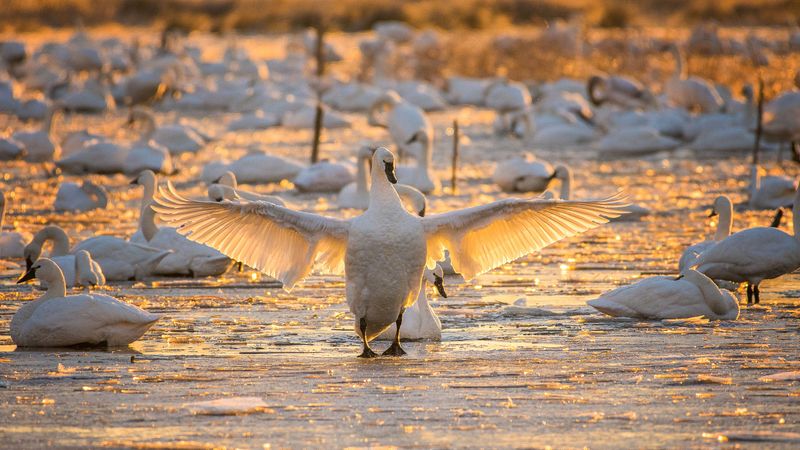
Swans face numerous threats, from habitat loss to pollution. Conservation efforts are crucial in ensuring their survival and protecting their natural habitats. Organizations worldwide are dedicated to monitoring swan populations and implementing protective measures. Public awareness campaigns highlight the importance of preserving these elegant birds for future generations. Despite challenges, dedicated conservationists remain hopeful, working tirelessly to safeguard swans’ habitats. Their efforts serve as a reminder of our responsibility to protect wildlife and the delicate ecosystems they inhabit. With continued support, swans can thrive and continue to grace our world with their presence.

